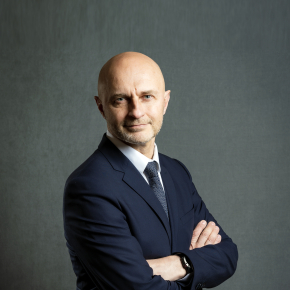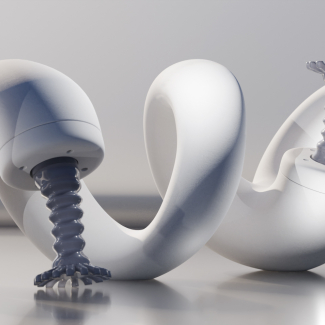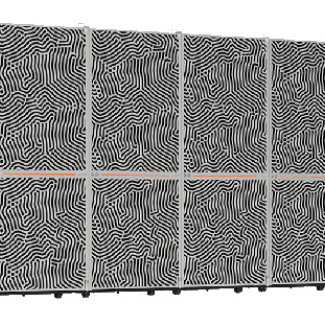
CNRS: Lionel Buchaillot appointed Director of the Institute for Engineering and Systems Sciences
CNRS Chairman & CEO Antoine Petit has named Lionel Buchaillot to lead the CNRS’s Institute for Engineering and Systems Sciences (INSIS), effective 1 March 2022. He will succeed Jean-Yves Marzin, who will assume other duties.
Born on 31 May 1966 in Lons-le-Saunier, CNRS Senior Researcher Lionel Buchaillot is a specialist in the physics of micro and nanosystems and thin film materials. He conducts his research at the Institute of Electronics, Microelectronics, and Nanotechnology1 , which he directed from 2010 to 2019.
Lionel Buchaillot earned a doctorate in engineering and physical sciences from l’Université de Franche-Comté in 1995, and later completed a two-year postdoctoral fellowship at the LIMMS2 IRL3 (CNRS/Université de Tokyo), a cutting-edge French-Japanese laboratory where he studied thin film shape memory alloys. In 1997, he worked in the research and development department of the companies SFIM and Aviac Technologie (today Safran), where he carried out technology transfer involving piezoelectric progressive wave motors with the Daimler company.
Recruited by the CNRS in 1998, Lionel Buchaillot earned his authorization to supervise research (HDR) in the physical sciences in 2004, and became a CNRS Senior Researcher in 2006. He served as the Director of the CNRS “Micro Nano Systems” research network from 2006 to 2009, and later as a member of the scientific board of INSIS from 2011 to 2014. From 2014 to 2017 he was a scientific advisor for the CEA in connection with the Eurotalents programme. He is the associate editor of two major journals in micro and nanosystems, and led the planning for MEMS 2012, his community’s major international conference, which was held in Paris and brought together over 1,000 participants.
Early in his career, he worked on modelling the contact mechanics of piezoelectric motors, before training in microtechnologies and the University of Tokyo. After studying thin film shape memory alloys and applying them to microbotics, he devoted over twenty years to micro and nanoresonators, sensors that are used in industry and research to detect masses or forces on a submicrometric scale. While his initial objective was to produce telecommunications filters, he ultimately moved toward conceiving probes for atomic force microscopy. In the early 2000s, Lionel Buchaillot also took part in a number of research projects studying radiofrequency microcommutators for integration within antenna systems. His research led him to develop analytic or finite element models, and to work experimentally in cleanrooms or by performing nanoindentation tests (a mechanical characterization technique for materials widely used in the field of thin films). A number of his research endeavours have led to the creation of start-ups via the PhDs trained in his research group, with the most recent, Vmicro, focusing on high-performance AFM probes. Over the last two years he has continued his research on modelling original resonant nanosystems, and has paved the way for “vegetronics” through his work on the nanoindentation of plant materials via the study of flax retting4 .
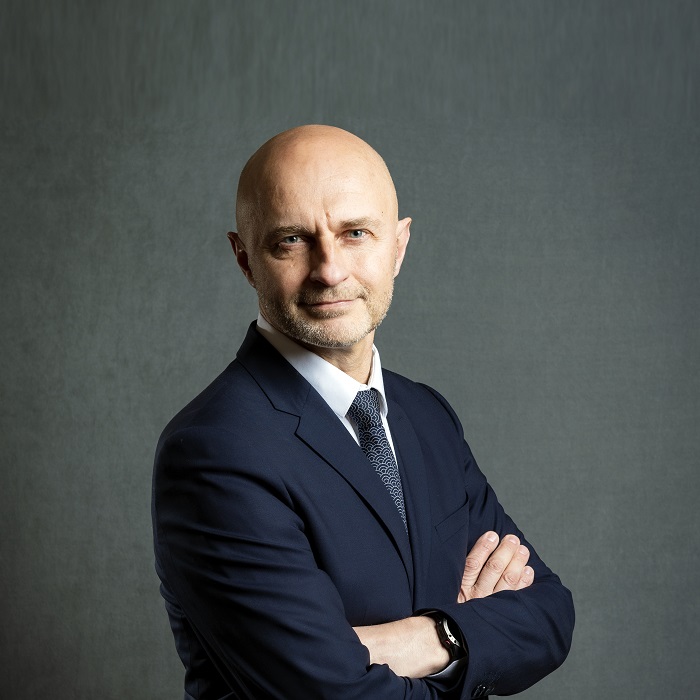
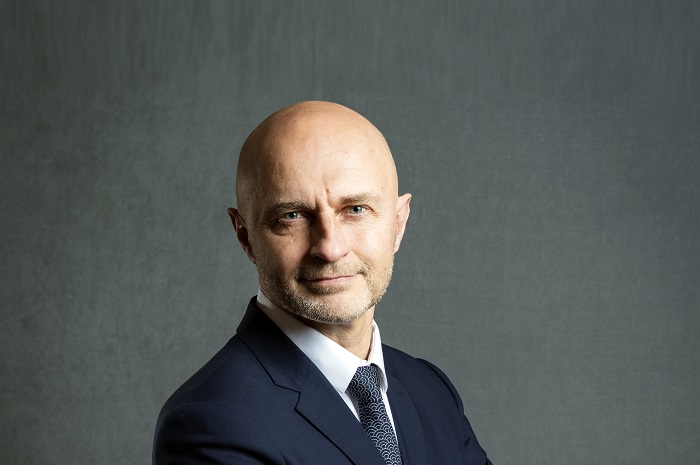
- 1Today reporting to the CNRS, l’Université de Lille, and l’Université Polytechnique des Hauts-de-France, in 2010 this laboratory had two additional supervisory bodies, Junia and l’Ecole centrale de Lille.
- 2Laboratory for Integrated Micro Mechatronics Systems.
- 3International Research Laboratory.
- 4Flax retting is the process by which textile fibres are separated from the ligneous parts of the plant.
